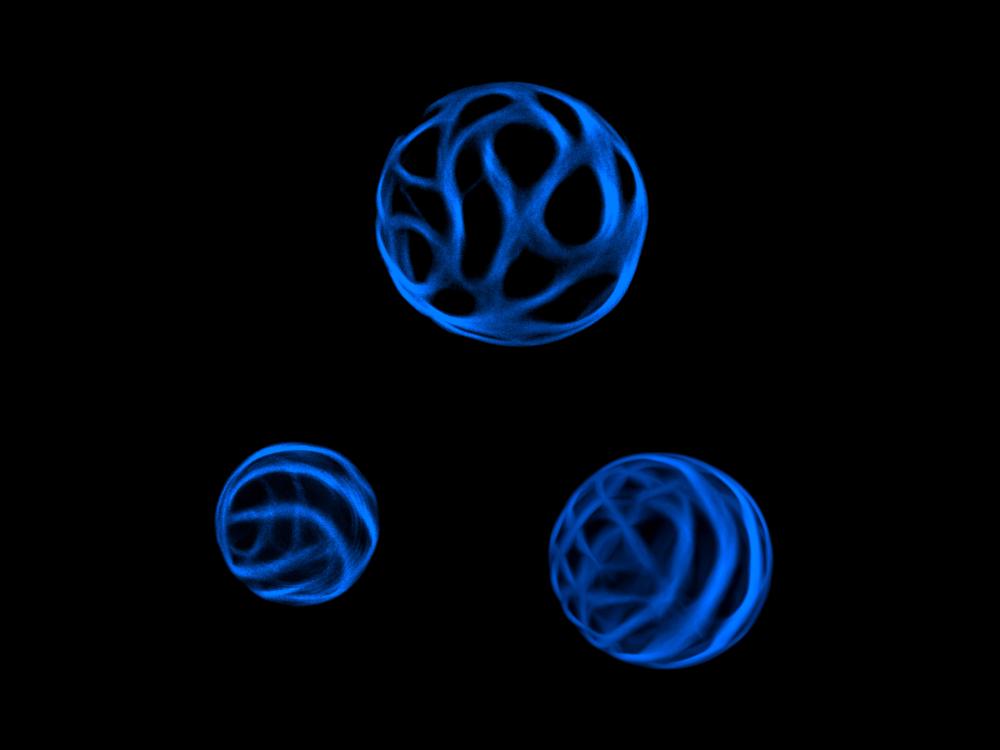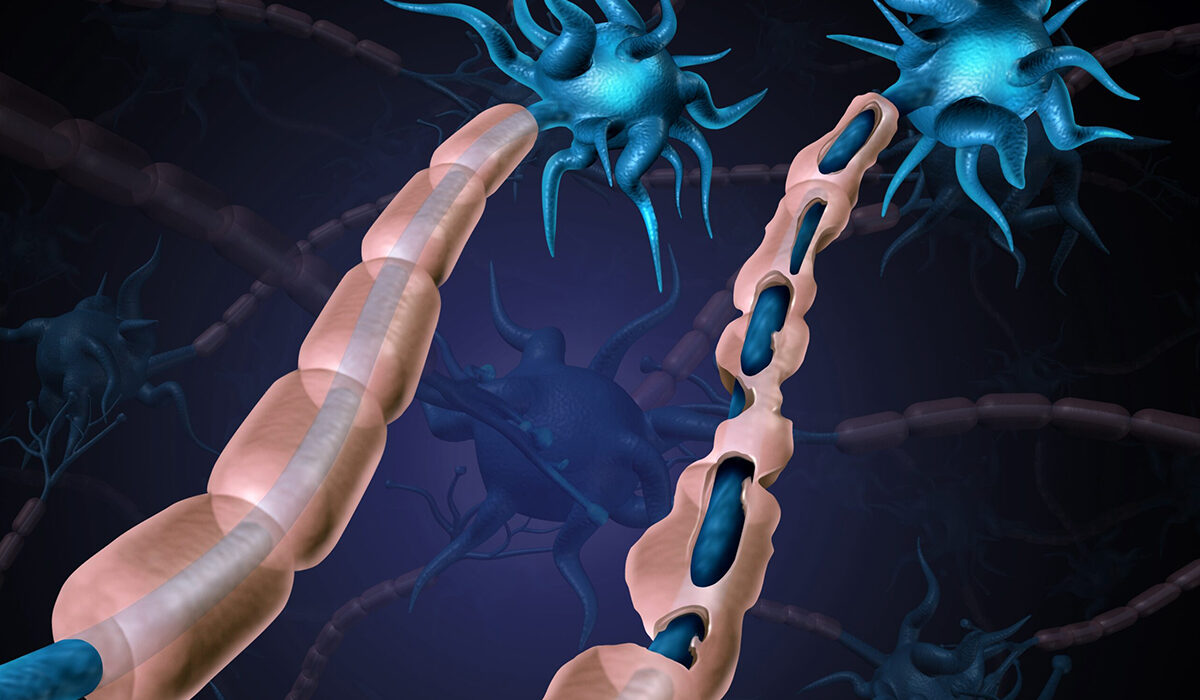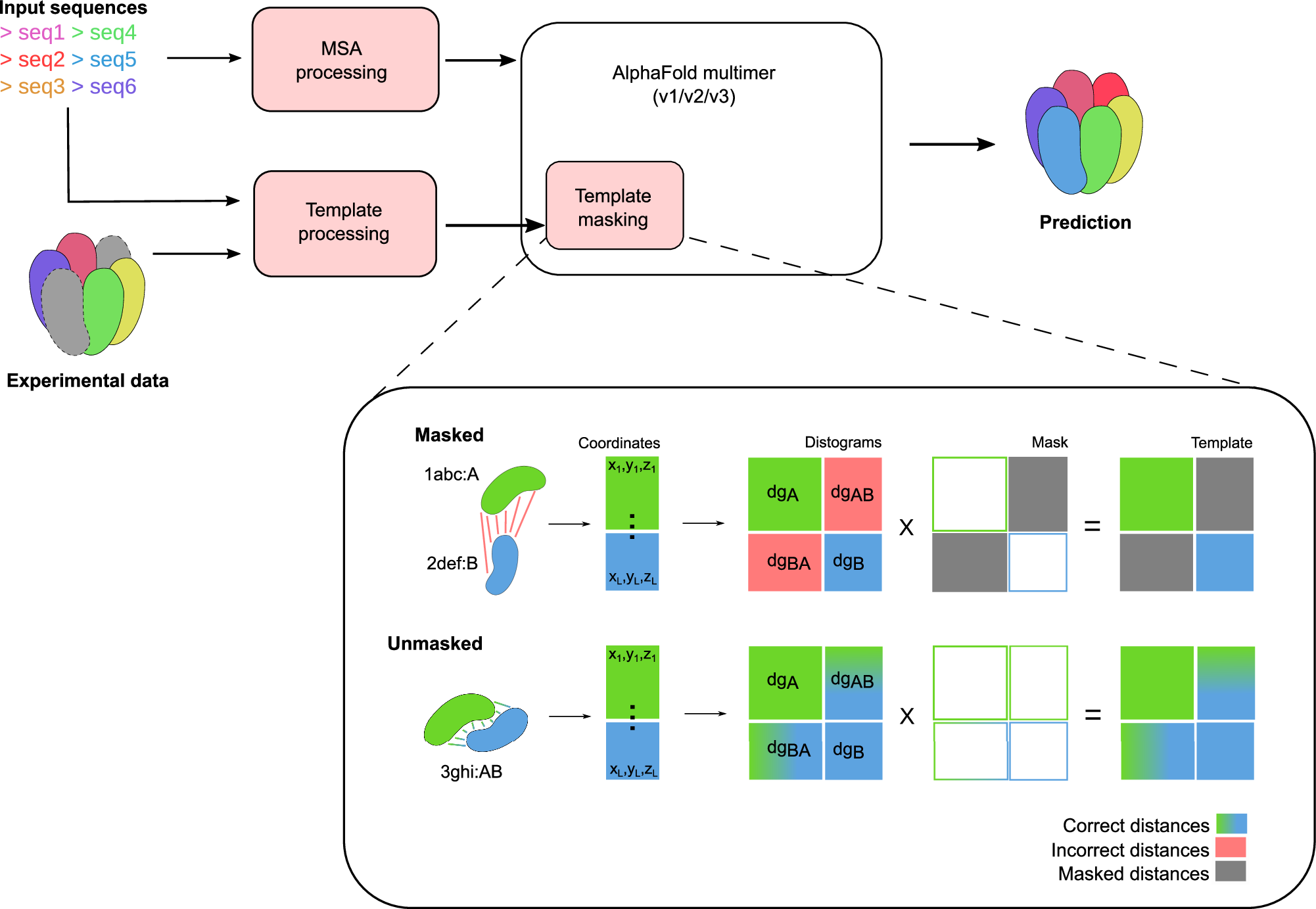2024-10-31 ペンシルベニア州立大学(PennState)

![]()
<関連情報>
- https://www.psu.edu/news/eberly-college-science/story/stem-cell-approach-plants-sheds-light-specialized-cell-wall-formation
- https://academic.oup.com/plcell/article-abstract/36/10/4309/7737441?redirectedFrom=fulltext&login=false
高分子の構造と相互作用がシロイヌナズナの二次細胞壁バンドパターンに影響を与える The structure and interaction of polymers affects secondary cell wall banding patterns in Arabidopsis
Sarah A Pfaff, Edward R Wagner, Daniel J Cosgrove
The Plant Cell Published::20 August 2024
DOI:https://doi.org/10.1093/plcell/koae233
Abstract
Xylem tracheary elements (TEs) synthesize patterned secondary cell walls (SCWs) to reinforce against the negative pressure of water transport. VASCULAR-RELATED NAC-DOMAIN 7 (VND7) induces differentiation, accompanied by cellulose, xylan, and lignin deposition into banded domains. To investigate the effect of polymer biosynthesis mutations on SCW patterning, we developed a method to induce tracheary element transdifferentiation of isolated protoplasts, by transient transformation with VND7. Our data showed that proper xylan elongation is necessary for distinct cellulose bands, cellulose–xylan interactions are essential for coincident polymer patterns, and cellulose deposition is needed to override the intracellular organization that yields unique xylan patterns. These data indicate that a properly assembled cell wall network acts as a scaffold to direct polymer deposition into distinctly banded domains. We describe the transdifferentiation of protoplasts into TEs, providing an avenue to study patterned SCW biosynthesis in a tissue-free environment and in various mutant backgrounds.


